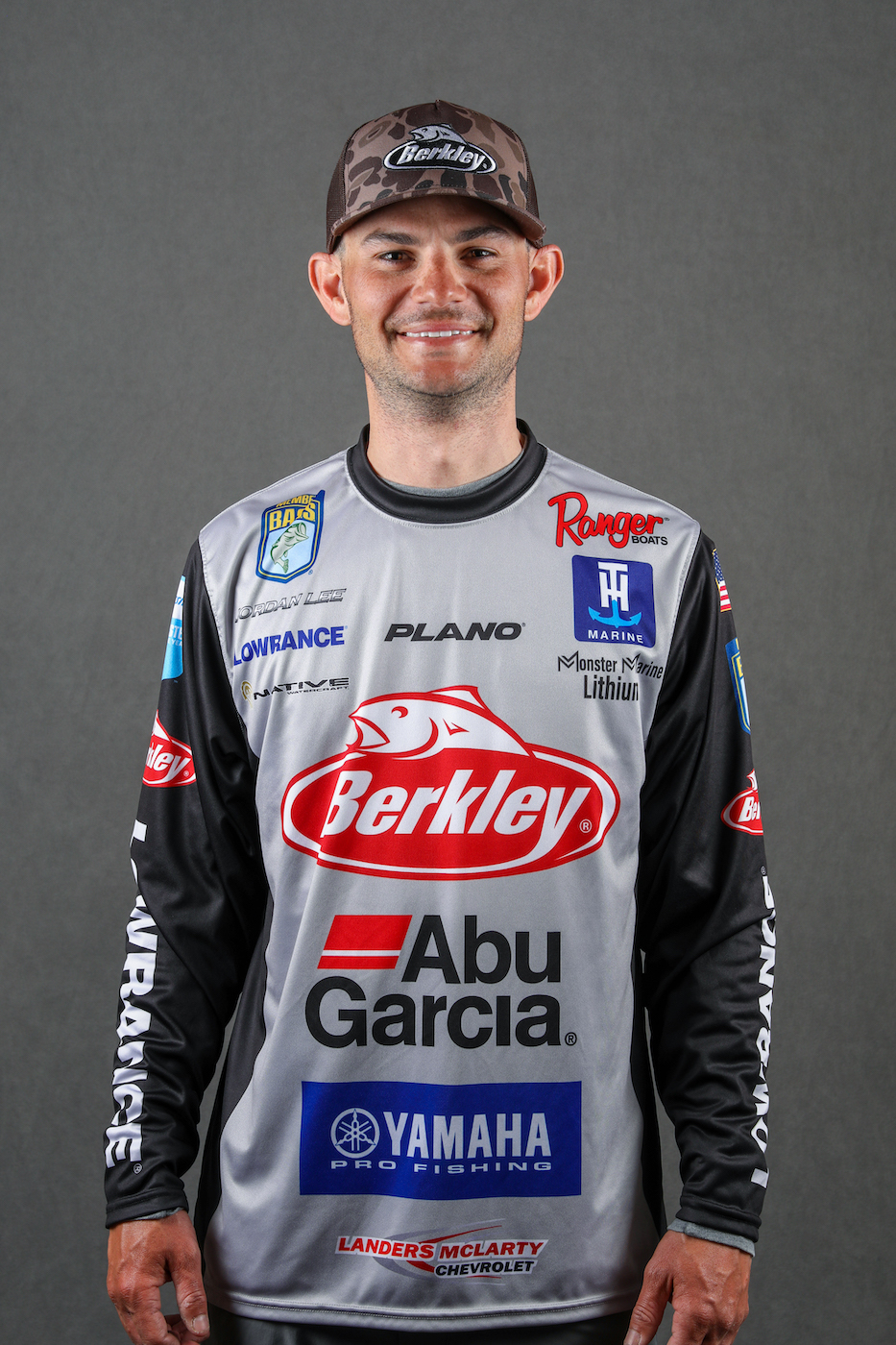
Springtime is the ultimate time of change for bass and bass anglers alike. I realize that many of you reading this just wish the ice would melt from the surface of your favorite fishery, while others in the southern U.S. have already fished your first tournament.
So let’s approach it this way, let’s base the “early spring” lure selection tips I’m about to share more on water temps than actual calendar dates. We’ll talk about what lures you might consider casting when water temps range from 45 to 55 degrees.
I’ll begin with one that’s easy to fish with, the XCalibur Xr50 lipless crankbait. This is essentially a “cast it out, and wind it in” lure that requires the angler to do very little to make the fish bite it, and it always seems to be at its best when you have aquatic vegetation present. The key, though, is to retrieve it really slowly when water temps are running 45 to 55. I use 15-pound line, and as you may have noticed by what guys were throwing in the recent Bassmaster Classic, the color Rayburn Red is a great shade to throw in early spring.
The next choice is one that is legendary on lakes where shad and rocky shorelines are present. It’s the suspending Rogue. It’s famous because it works. And the reason it works is because it impersonates the many dying or slow moving shad that are present in really cold water. A lot of anglers struggle with suspending jerkbaits like the Rogue because they can be a little difficult to cast, and they work best only when you pause them for several seconds between slight jerks or pops of the rod tip. Some anglers aren’t patient enough to pause as long as they need to, but you definitely need to pause a couple of seconds before you jerk it or turn the reel handle. Rogues work best on light, 8-pound line, and you’ll have an easier time casting them if you use a spinning reel.
Lastly, and this one totally depends on the angler to impart any action on it, but it’s a great one in cold water – it’s the old skool rubber skirted jig. I like a 3/8-ounce jig with plenty of strands in the skirt when the water is 45 to 55 degrees, and if you can find one that has the strands made of rubber versus silicone – that’s even better in cold water. A jig is big time versatile. You can drag it on the bottom like a slow moving crawfish where the original creek or river channel swings closest to the rocky shoreline, or you can pitch it into a shallow tree resting along the shoreline. And with a jig in hand, you may just catch the biggest bass of your life.
Look, because of constantly changing weather, I’ll be the first to tell ya’ that early spring is the most challenging time to catch a bass, but hopefully if you get really good at using the three lures I just described, you can greatly limit the variables and confusion. And catch more fish, too!





